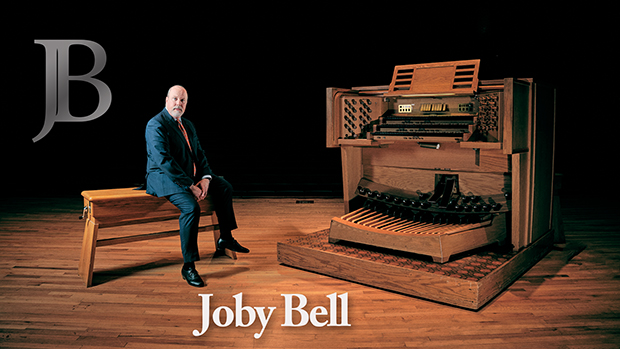Buried treasure in Valdosta
 Sunday, October 5, 2014 at 10:47AM
Sunday, October 5, 2014 at 10:47AM I am just back home from a most unique and invigorating recital experience.
My friend and previous colleague Paul Neal is the Director of Choral Studies at Valdosta State University. He is also a former organ pupil of my teacher Clyde Holloway. After a number of years now, Paul has finally managed to get the Möller organ in Whitehead Auditorium at Valdosta taken out of mothballs and put into playing condition, at least for now. That's where I came in last week. My task was to prepare a program for an audience, many of whom had never attended an organ recital, and most of whom had never heard that particular organ, even though it was installed in 1970. What a freakish time warp that must have been for some.
The organ is Möller Opus 10600, three manuals. I didn't count ranks, but there are plenty, which is the exciting part. Two sets of reeds on the Swell, three 16' flues in the Pedal, enclosed Choir, independent Great reed, FOUR 8' flues on the Great, Erzähler and celeste on the Choir, etc. I could go on. The organ was one of the most complete and satisfying instruments from that vintage and from that builder that I have encountered. Buried treasure. The room, of course, is another matter, as those rooms usually are.
The organ is placed in two chambers spread a good distance apart in the room. Dialogue effects were impressive, but the blend between the two was quite satisfying. When I first arrived, I saw that the cap on the tenor A-sharp key on the pedal was broken off. Great. Well, THAT will make for an interesting Sowerby Pageant. But then I had the bright idea to look under the pedalboard, and there was the cap. Wood glue found, black tape to hold it together found, and we carried right on. I played the recital with that black tape in place, just in case.
Michael Proscia performed some mini miracles to get the organ back into shape for at least this new premiere. The more I worked at it, the better the combination system began to behave. There were very few dead notes, but even when there were, there was plenty of organ to cover it up, or plenty other stops to choose from. That's a real perk of having an organ with more than one choice for certain colors.
The recital itself consisted of about half playing, half talking to the audience which numbered around 300, I suppose. (Publicity was terrific, but so was the public's curiosity.) I took a show of hands for people who had never heard this organ and people who had never attended an organ recital. I quickly saw that some teaching was going to be necessary. This wasn't the first time I had demonstrated the families of organ tone or various stops for an audience. People seem to like that, and so I soldiered on with the demonstration. (No one left, and no one fell asleep.) I also demonstrated a few quirks that will need to be fixed if the organ is to have a life. The audience saw the warts, heard the pops and squeaks, and left with a better understanding of how those machines work and what it will take to resurrect one fully. We had a great time that night.
The organ, of course, will need considerably more surgery to bring it back to life and to bring its technology into this modern age. And so I hope that the audience has been set afire for this and that an endowment fund will materialize very soon. The vice chancellor for development was in attendance, as was the dean of the College of the Arts, as were several donors looking for a place to send their money. And some wonderful soul from Paul's chorus brought me chocolate.
The evening was one of those rare homeruns hit out of the ballpark. Paul Neal had a great idea for an evening, I had a great night, and the audience seemed to have a great revelation.
